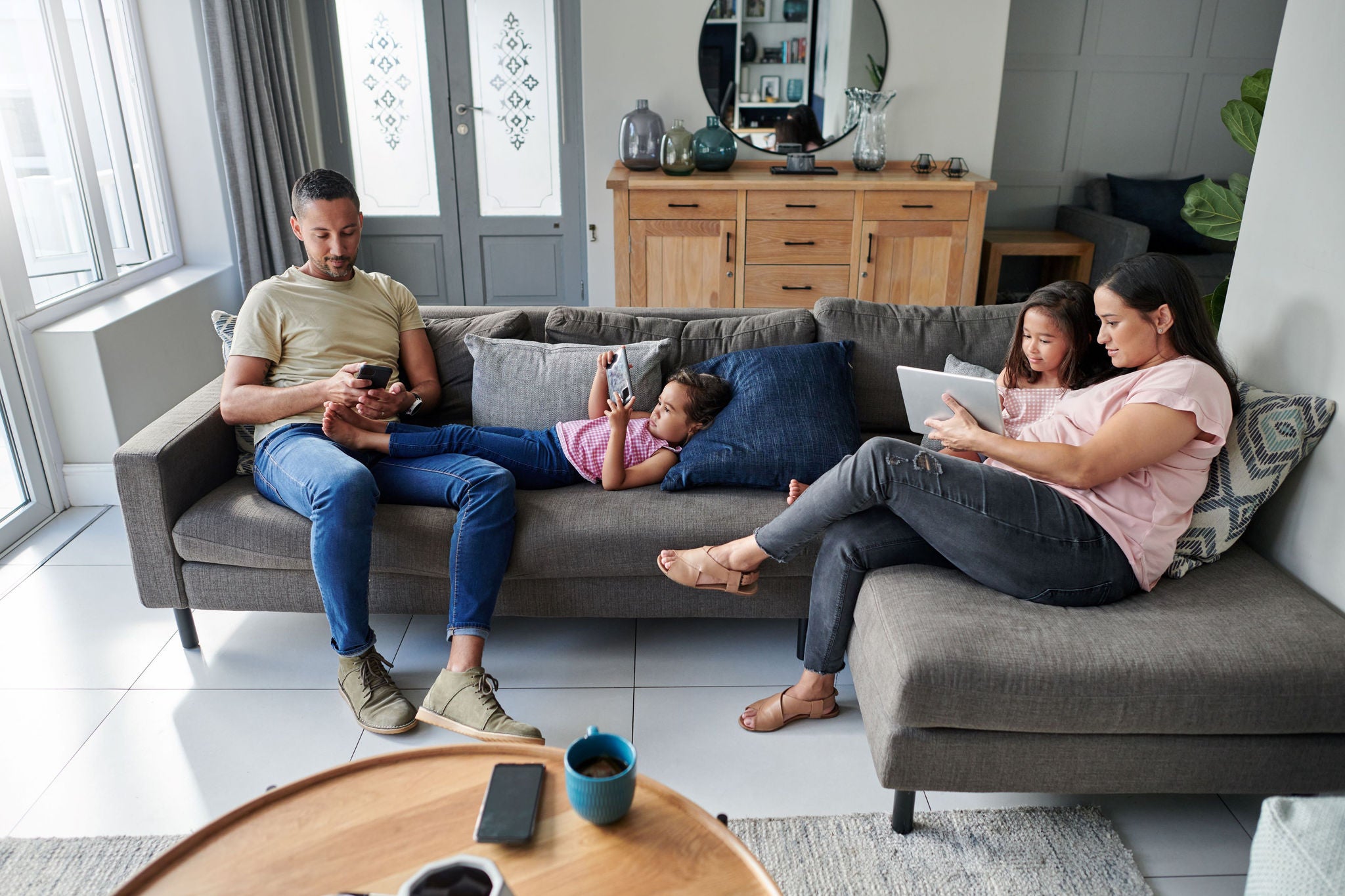EY refers to the global organization, and may refer to one or more, of the member firms of Ernst & Young Global Limited, each of which is a separate legal entity. Ernst & Young Global Limited, a UK company limited by guarantee, does not provide services to clients.
How EY can help
-
Discover how EY's digitally integrated customer experience offering can help your business respond rapidly and consistently to deliver compelling TMT experiences.
Read more
Customers’ digital experiences must be revisited — and revitalised
Our research shows that UK consumers are generally receptive to digital tools. Asked which elements of their digital home experience would benefit most from chatbots, 37% highlight faster issue resolution, and 28% simpler pricing information. But households still rely heavily on human assistance for customer support from their connectivity providers and content providers, with 45% preferring to phone the call centre with broadband queries, compared with just 17% favouring chatbots. However, this preference varies by age: less than one in ten aged under 25 prefer the call centre, compared with more than half aged 55 and over.
Meanwhile, the proportion of all consumers going to physical stores first on their path to purchase has risen from 25% last year to 29% this time, with the key rationales being the opportunities to view digital home products prior to purchase and seek advice from in-store assistants — reasons that reflect the customers’ struggle to evaluate services that they perceive as similar and make a choice. Significantly, a rising proportion (46%) don’t perceive any difference between the digital home services from different connectivity and content providers, an issue that’s especially acute among 25 to 34 year olds (50%).
Consumers aged 55 and over are more likely to see introductory offers as a source of uncertainty rather than an incentive to buy. With such findings in mind, providers should note that having few distinctive features and too much detail are both sources of frustration for digital home customers. They should also look to ensure their omnichannel strategies are robust, even as they look to develop new ways to provide advice online.










